I’ve always believed that when it comes to picking out paint colors for our homes, there are two kinds of people.
- Magenta People
- Freaked-Out People
When choosing paint colors, Magenta People are not afraid. They are the same souls who, as kindergartners, fought for their favorite crayons during art time by yelling, “Magenta is my favorite color. Give it!”
And then there are the Freaked-Out People, who sit over in their kindergarten corner, content to use crayon shades that don’t rock the visual boats, colors with sad names like Gray Dirt or Beige Blah.
Over my lifetime I’ve had a foot in both camps. I submit that beiges and grays aren’t really “favorite colors.” But for those of us who aren’t sure whether we should surround ourselves with our favorite Kelly-Green color, neutral shades can be the safe (and sane) choice.
I also submit that sometimes magenta shouldn’t always be a go-to for dining room walls (although given the right funky historic home, it could also totally work). But at the end of the day, why would we want to live life without being surrounded by the shades that make us the happiest?
I have no problem spray painting a piece of furniture deep turquoise, or painting my front door red, but when it comes to the vast surfaces of walls, I get nervous. If I’m nervous enough, my hands go numb in some sort of bizarre home and garden fight or flight response. But luckily, when considering paint choices, we have a lot of practical considerations and guides at our disposal that help us make less stressed choices (and avoid numb hands).
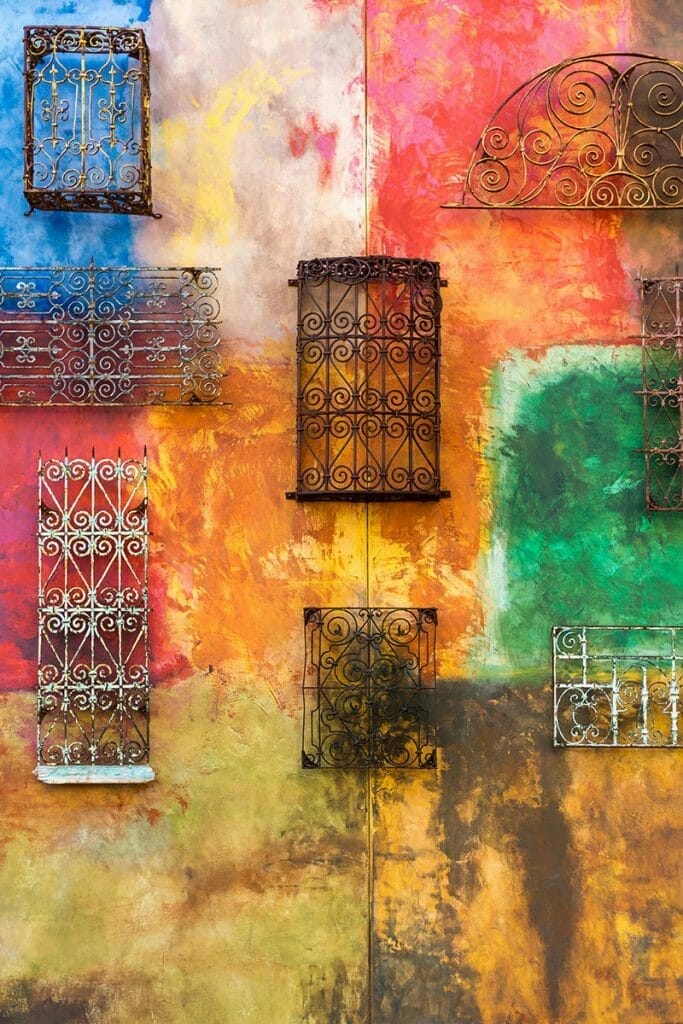
In the Mood
Color is a powerful tool when creating a space that evokes certain moods and emotional responses. Colors on the cool side of the color spectrum evoke feelings of calm and colors on the warm side of the spectrum evoke feelings of energy and creativity. If you’re hoping to inspire your guests to eat more, red is the perfect dining room color. If you’re hoping to beat insomnia, blues and greens might be solid choices for your bedroom.
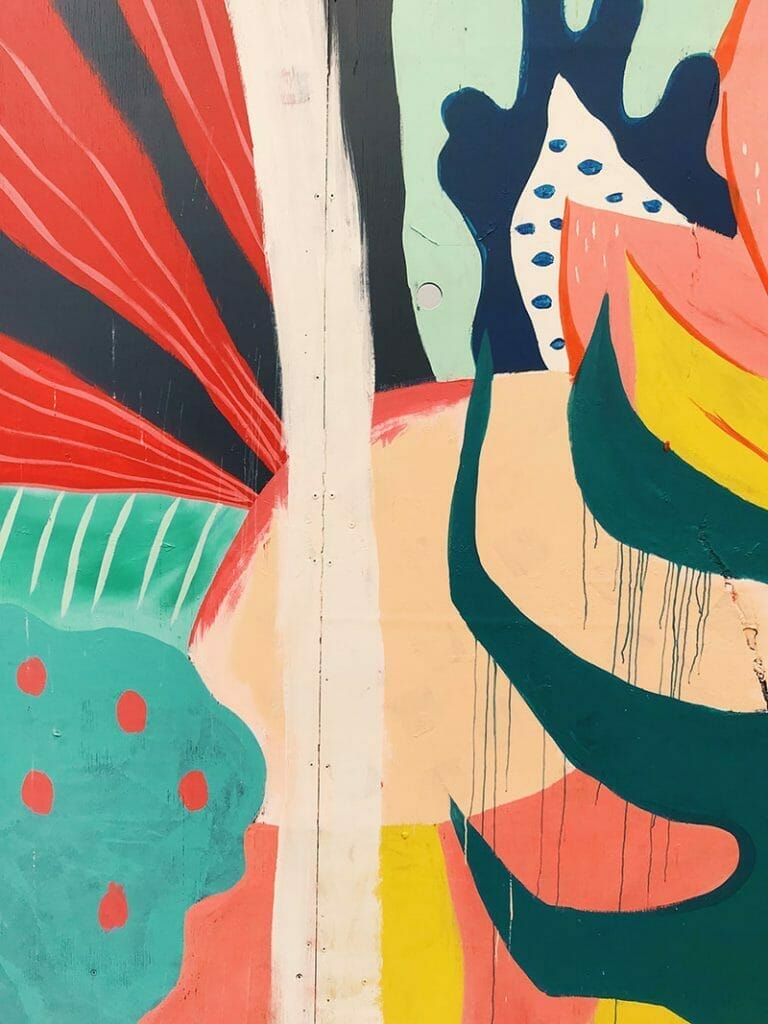
Art and Accessories Get a Say
Designers often say that paint color shouldn’t be the first decision when decorating a room. You should always start with the existing furniture and art because those are the things that determine paint color choices. Your colorful art and beloved red sofa may dictate the walls stay neutral. Or, if your sofa is white, and your artwork is black and beige historical lithographs, your walls may need a bolder hue.

Ceilings Count
Blue ceiling paint color is an up-and-coming trend, but also deeply rooted in the south’s “haint blue” porch tradition of keeping spirits out of your house. Ceilings are often a room surface we forget about, and an excellent way to add color to the room without putting it on all four surrounding walls.

Remember Your Color Wheel
The basic elementary school knowledge of complementary colors and how they reside on the color wheel is an excellent go-to for the moments when we feel baffled in our color decision-making abilities. These are unalterable color truths. Red and green will always look good together. Yellow and blue will always be an amazing team.

Go to Nature
Mother nature always knows what she’s doing. Sandy beige, stormy gray, grass green, ocean blue; these are fail proof paint colors.
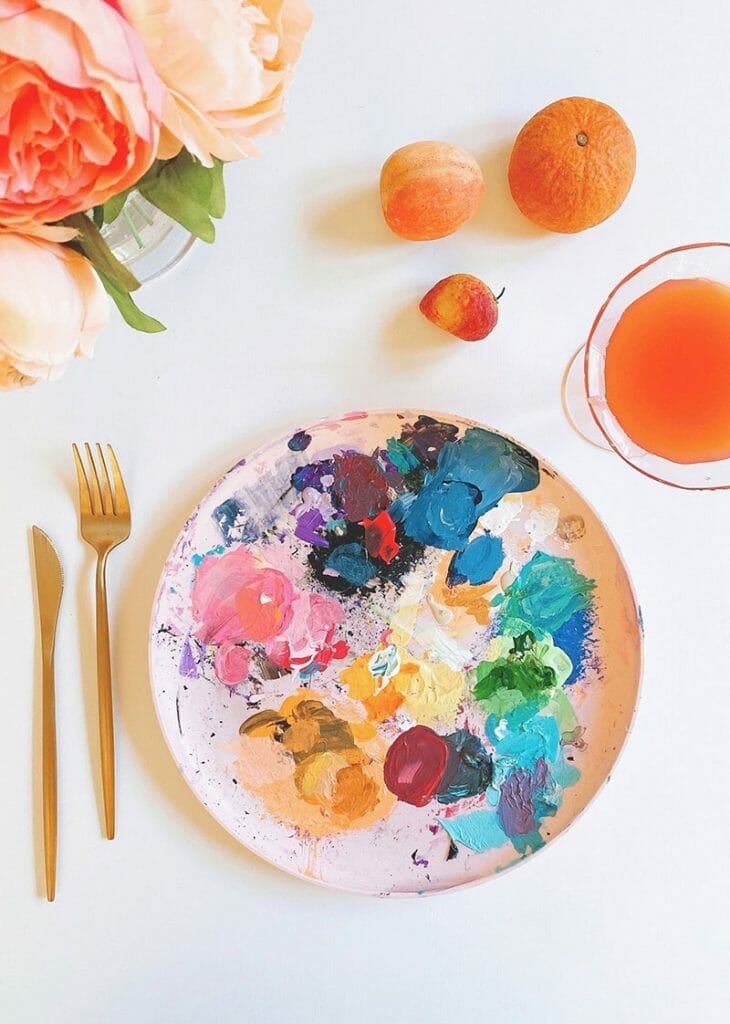
What Is the Room Used For?
Are you creating an art studio? Dark charcoal walls that don’t reflect light may not be the best choice. Are you decorating the basement as a dark and cozy movie room? Bright yellow walls won’t help you achieve that cozy cinema feel. Keep in mind the room’s use and go from there.
Get Some Help
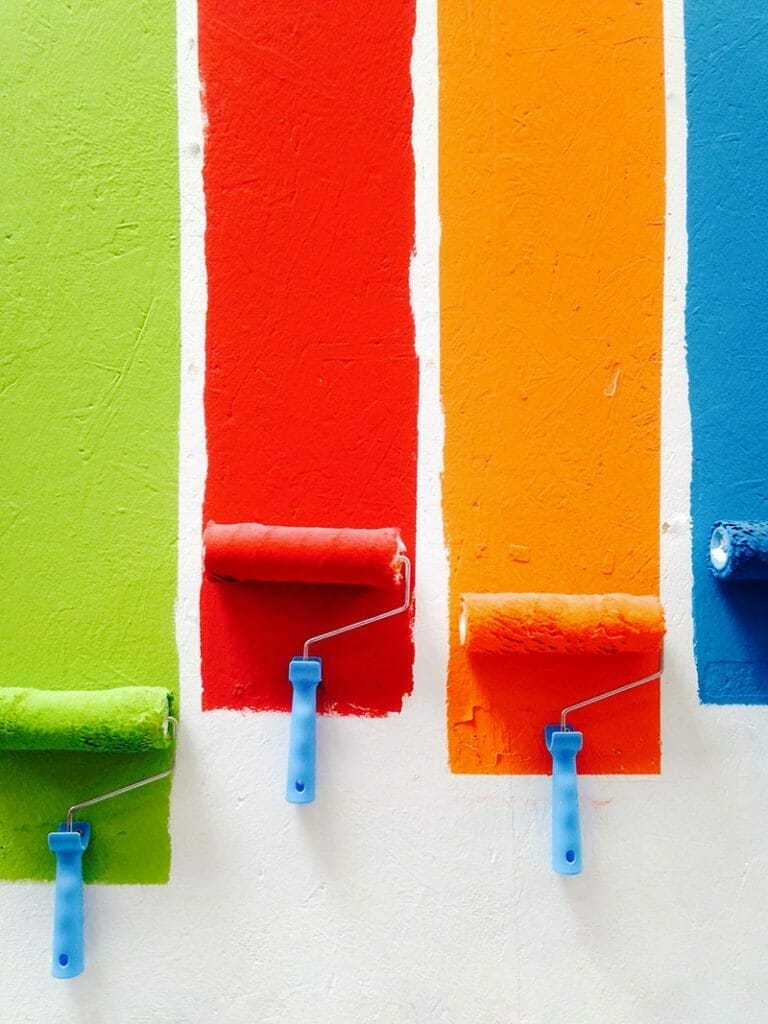
You don’t always have to go it alone. When you find yourself parked at your dining room table, paint chips spread out in front of you like an unsolvable decor Rubik’s cube, call for help. Interior designers, color specialists at the paint store, or a good friend who makes amazing choices in her own home are all excellent people to help you make the right choices in your home.
Old or New Houses
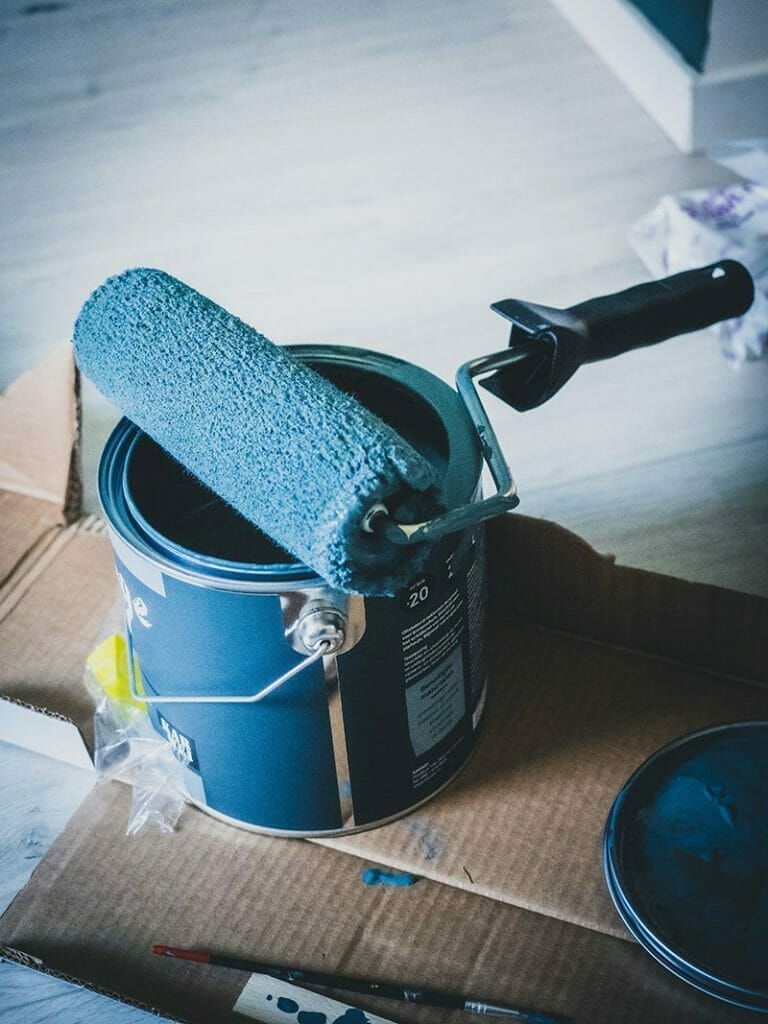
I’ve long subscribed to the theory that old homes can get away with things that new homes can’t. For my Magenta People, old homes are the perfect canvas with which to wield a brush. An electric blue dining room in a Victorian home can elicit intrigued “ooooohs” from guests. It may not be fair, but it’s true. Old homes lend themselves to funkier colors than their newer open-floor plan counterparts.

Room Flow
As mentioned above, open floor plans don’t lend themselves to a barrage of various paint colors. When dealing with rooms that flow openly together, neutral colors are the safe choice if you’re looking to avoid a potential Mardi-Gras-Gone-Wrong aesthetic.

Paint Apps
The world of phone apps is here to save the day. Take a photo of the room in question, upload it into an app, and immediately see how your room will look in navy blue or deep sage. Valspar, Benjamin Moore and Sherwin Williams all have great apps to help you with your paint color choices.
The answer to finding the perfect paint color, as with all answers, lies somewhere in the middle. Every person is a completely different soul, with completely different visual interests and needs. But somewhere between bright colors that burn holes in our corneas and dirt brown hues that lull us into a visual coma, lies a happy, beautiful medium that as Goldie Locks once said, is “just right.”


